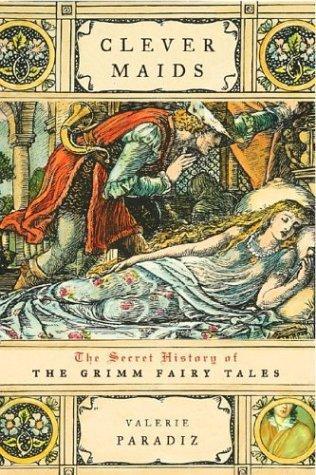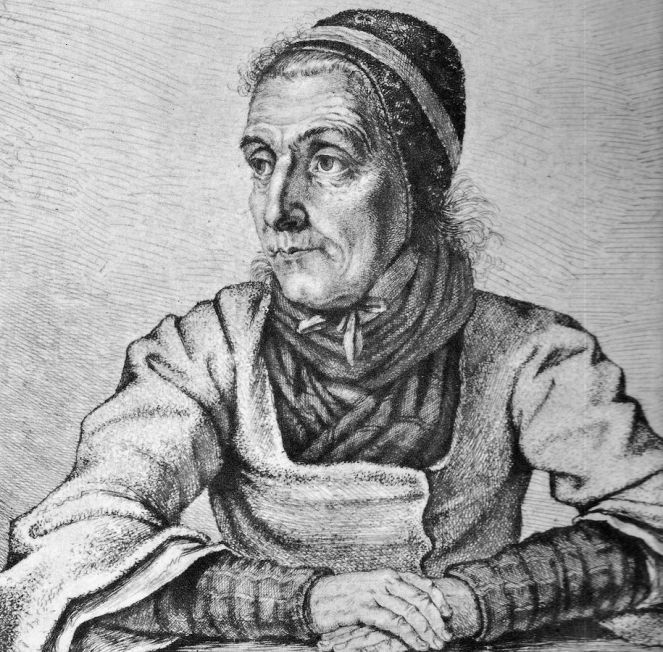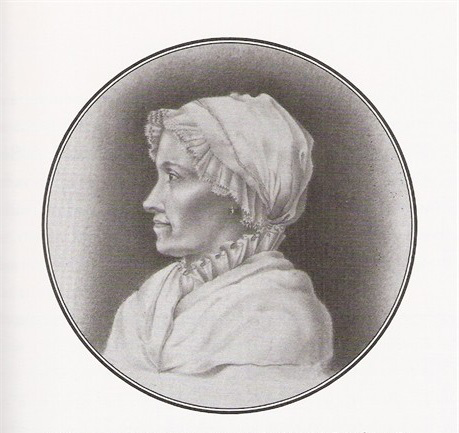Where did the Brothers Grimm get all those fairy tales?
Clever Maids: The Secret History of the Grimm Fairy Tales has the answers! Fairy tale scholar Valerie Paradiz researched the origins of this fantastic fairy tale collection. Paradiz counters the widespread description of the Brothers Grimm traversing the country, from village to village, collecting the folk tales told by uneducated peasants.

The Grimm’s Kinder- und Hausmärchen (Children’s and Household Tales) book was promoted as a compendium of intrinsically “German” stories. Popular lore held that the stories were handed down verbally, until transcribed verbatim by the Grimms. In the first version published, female contributors went largely unrecognized. By the second volume, Dorothea Viehmann was held up and romanticized as the ideal, peasant storyteller. Yet this wasn’t quite the whole story. Apparently, Viehmann, a Huguenot descendant, was a tailor’s widow fallen on hard times. Viehmann’s storytelling abilities were a rare find.
 Dorothea Viehmann, portrait by Ludwig Emil Grimm
Dorothea Viehmann, portrait by Ludwig Emil Grimm
Another reality was the “clever maids” who were writing down tales for the brothers. Jacob and Wilhelm not only had three younger brothers survive to adulthood, but also a little sister. Lotte Grimm’s girlfriends provided the collectors with many fairy tales. Their next-door neighbor Dortchen Wild, the eventual wife of Wilhelm, related some of the first stories from outside of the family. Dortchen’s tyrannical father frowned upon her friendship with the impoverished Grimm family.
 Henriette Dorothea (Dortchen) Grimm née Wild
Henriette Dorothea (Dortchen) Grimm née Wild
The Grimm’s version of Aschenputtel was a conglomeration of at least two different accounts they collected. Such editing was a common practice for many of the tales in Kinder- und Hausmärchen.
Paradiz says, “One example of Wilhelm’s editorial process of integrating more than one version of a story into a reconstructed narrative was the tale of “Cinderella.” The first version, published in volume one in 1812, had been transcribed from the legendary fairy tale lady of Marburg… Later, Wilhelm took Viehmann’s telling of the story and combined it with the Marburg version.”
Jacob and Wilhelm Grimm did important work bringing all the tales together in one book. The anthology provides a valuable record of the fairy tales in Germany at that time. Clever Maids is an eye-opening account of their creative labor:
Most people know the stories of Snow White and Sleeping Beauty, but very few know that behind the Brothers Grimm and their fairy tales stood a network of sisters – and mothers, neighbors, and female friends. In this intimate history, Valerie Paradiz tells the real story of the greatest literary collaboration of the nineteenth century, and gives the long-lost narrators of these beloved tales their due. Jacob and Wilhelm Grimm were major German intellects of their time, contemporaries of both Goethe and Schiller. But as Paradiz reveals here, the romantic image of the two brothers traveling the countryside, transcribing tales told to them by peasants, is far from the truth. More than half of the tales the Grimm brothers collected were contributed by women friends from the upper classes. Set against the backdrop of the Napoleonic wars and the high years of German romanticism, Clever Maids chronicles this most fascinating enterprise in literary history, and illuminates the ways the Grimm tales – with their mythic portrayals of courage, sacrifice, and betrayal – still resonate so powerfully today.
Advertisements Share this:





